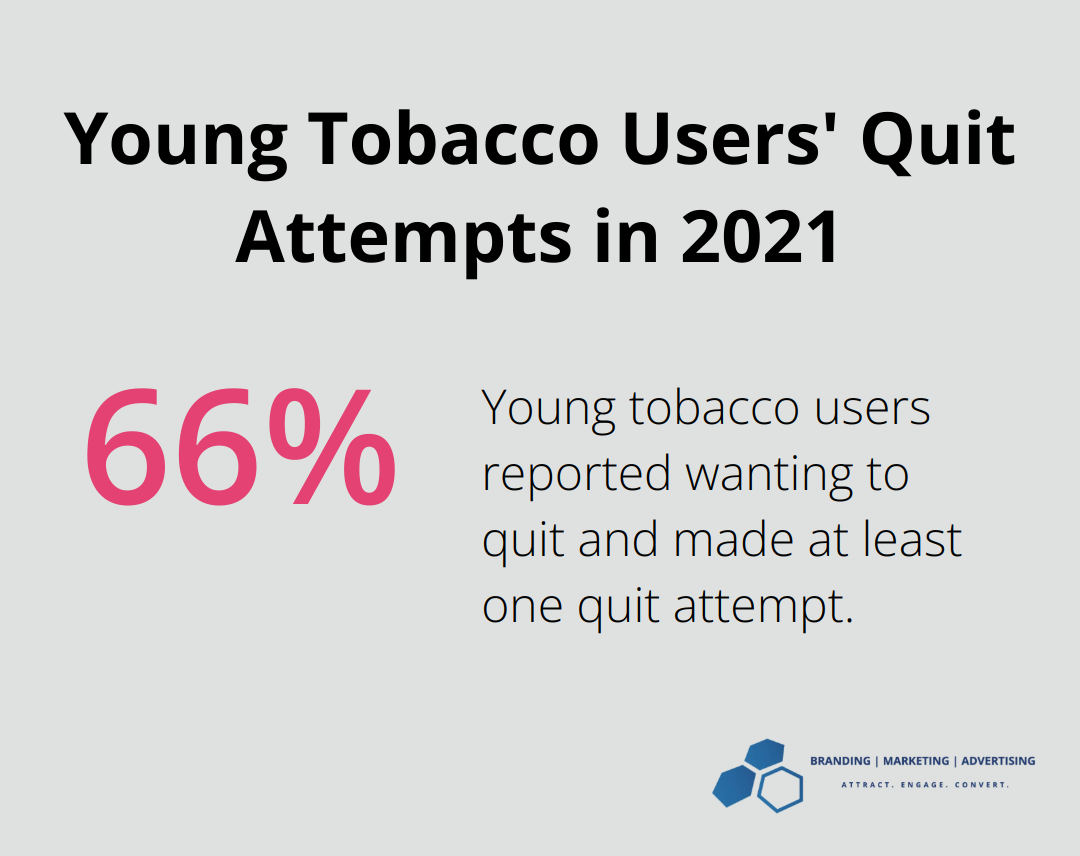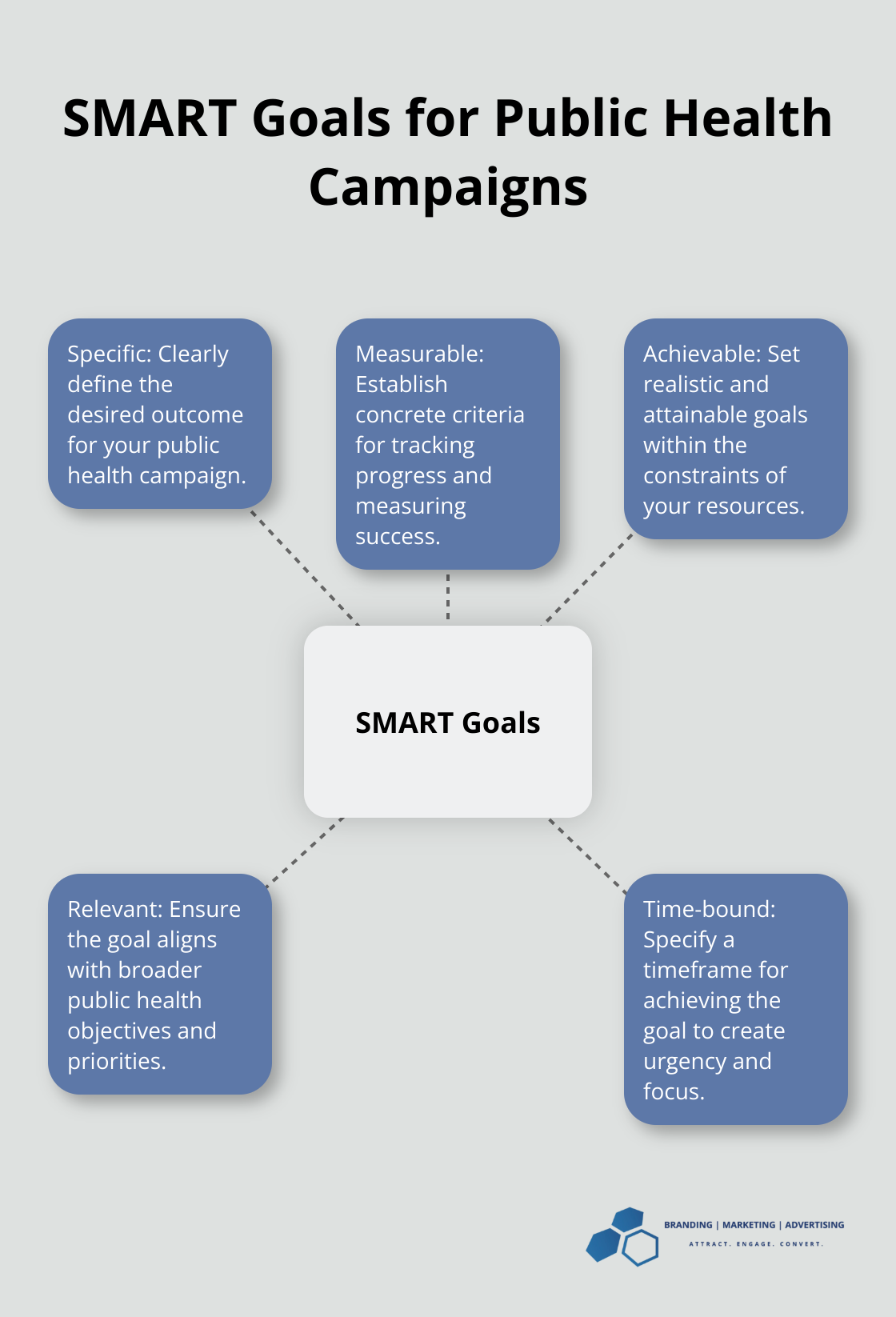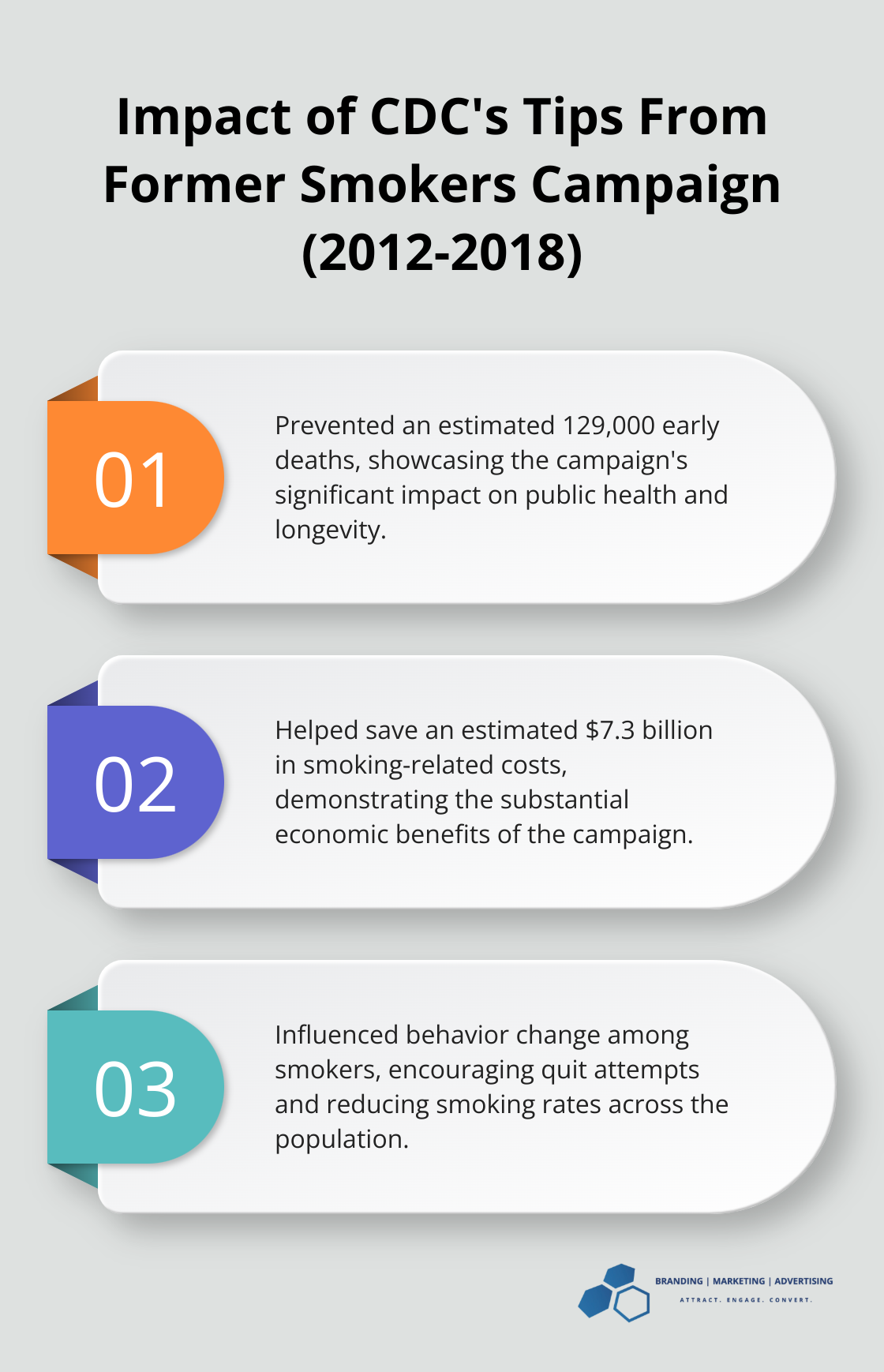How to Use Social Marketing for Public Health Success
At Branding | Marketing | Advertising, we know that social marketing for public health can be a game-changer in promoting positive behaviors and improving community well-being.
This powerful approach combines marketing principles with public health goals to create impactful campaigns that resonate with target audiences.
In this blog post, we’ll explore how to harness the potential of social marketing to drive meaningful change in public health outcomes.
What Is Social Marketing in Public Health?
Social marketing in public health uses commercial marketing techniques to promote positive behaviors and improve community well-being. This strategy drives meaningful change in public health outcomes.
The Core of Social Marketing
Social marketing influences behaviors that benefit individuals and society. Unlike traditional marketing, which sells products or services, social marketing sells ideas, attitudes, and behaviors. A campaign might encourage people to quit smoking, get vaccinated, or adopt healthier eating habits.
Key principles of social marketing include:
- Understanding the target audience
- Creating clear behavioral goals
- Developing a compelling exchange
- Using a marketing mix (product, price, place, promotion)
- Addressing competition
These principles guide the development of effective public health campaigns that resonate with specific groups and motivate action.
Social vs. Traditional Marketing
Social and traditional marketing share some techniques, but their goals and approaches differ significantly. Traditional marketing increases profits or market share for a company. Social marketing improves public health and well-being.
Competition also differs. In traditional marketing, competition comes from other brands or products. In social marketing, the competition often involves the current behavior of the target audience or societal norms that work against the desired change.
Successful Social Marketing Campaigns
The truth® campaign stands out as a notable social marketing success in public health. This anti-smoking initiative targeted youth with edgy, fact-based messaging. In 2021, around two-thirds of young tobacco users reported wanting to quit tobacco use altogether and made at least one quit attempt within the past year.

Another example is the “5 A Day” campaign, which promoted increased fruit and vegetable consumption. This long-running initiative used various channels to educate the public about the benefits of a balanced diet and make it easier for people to incorporate more produce into their meals.
Leveraging Digital Platforms
Social marketing campaigns increasingly use online platforms to reach their target audiences. Social media offers powerful tools for engagement and message dissemination. The Centers for Disease Control and Prevention (CDC) effectively uses infographics and short videos on platforms like Instagram and Twitter to educate the public about various health issues.
A multi-channel approach in social marketing combines traditional media with digital platforms to maximize reach and impact.
Measuring Success
Evaluating the effectiveness of social marketing campaigns involves tracking behavioral changes, attitude shifts, and health outcomes. For example, the success of an anti-smoking campaign might involve measuring decreases in smoking rates, increases in quit attempts, or changes in attitudes towards smoking.
Setting clear, measurable goals at the outset of any social marketing campaign allows for ongoing assessment and adjustment of strategies to ensure maximum impact.
Social marketing proves valuable in public health, capable of driving significant behavioral changes across populations. As we move forward, let’s explore how to develop a comprehensive social marketing strategy for public health initiatives.
How to Craft a Winning Social Marketing Strategy for Public Health
At Branding | Marketing | Advertising, we understand that social marketing strategies targeting healthy behaviors form the foundation of public health success. This process involves several key steps that, when executed effectively, can lead to significant behavioral changes and improved health outcomes.
Know Your Audience Inside Out
The first step in crafting a winning strategy is to understand your target audience deeply. This extends beyond basic demographics. You need to explore their motivations, barriers, and current behaviors related to the health issue you’re addressing. For instance, if you run a campaign to increase vaccination rates, you might find that some groups hesitate due to misinformation, while others face access barriers.
Conduct thorough market research using surveys, focus groups, and interviews. Analyze existing data from health departments and academic studies. This research will help you segment your audience into distinct groups with similar characteristics, allowing for more targeted and effective messaging.
Set Clear, Measurable Goals
Once you understand your audience, set specific, measurable, achievable, relevant, and time-bound (SMART goals). Try to create something concrete like “increase flu vaccination rates among adults aged 65+ by 15% within 6 months” instead of a vague goal like “improve public health.”
These goals should directly address the behavior you want to change. They provide a clear direction for your campaign and allow you to measure its effectiveness over time.

Craft a Compelling Value Proposition
Your value proposition is the heart of your social marketing strategy. It’s the reason why your target audience should adopt the behavior you’re promoting. This proposition should clearly communicate the benefits of the desired behavior and how it outweighs any perceived costs or barriers.
For example, in a campaign to promote regular exercise, your value proposition might be: “30 minutes of daily exercise can add years to your life and significantly reduce your risk of chronic diseases” (highlighting the long-term benefits that outweigh the short-term inconvenience of exercising).
Choose the Right Channels
Selecting appropriate communication channels is essential for reaching your target audience effectively. Consider where your audience spends their time and how they prefer to receive information. This could include social media platforms, community events, healthcare provider offices, or traditional media like radio and television.
A multi-channel approach often works best, allowing you to reinforce your message across various touchpoints. For instance, a campaign to reduce sugar consumption might use Instagram for visually appealing healthy recipe ideas, partner with local grocery stores for in-store promotions, and collaborate with schools for educational programs.
The key to a successful social marketing strategy in public health is flexibility and continuous improvement. Monitor your campaign’s performance regularly and adjust your approach based on the results. These steps will help you create a social marketing strategy that drives real, positive change in public health. In the next section, we’ll explore how to implement these strategies effectively through persuasive messaging and creative content.
Putting Your Social Marketing Campaign into Action
At Branding | Marketing | Advertising, we understand that implementing a social marketing campaign for public health requires a strategic approach. Here’s how to turn your plan into reality and drive meaningful change.
Craft Messages That Resonate
Your message forms the cornerstone of your campaign. It must be clear, concise, and emotionally compelling. The CDC’s Tips From Former Smokers campaign helped prevent an estimated 129,000 early deaths and helped save an estimated $7.3 billion in smoking-related costs during 2012-2018.

To create impactful content, focus on:
- Emotional appeal: Use storytelling to connect with your audience on a personal level.
- Clarity: Keep your message simple and easy to understand.
- Call to action: Always include a clear next step for your audience.
Tailor your message to different segments of your audience. What resonates with teenagers might not work for older adults.
Harness the Power of Digital Platforms
Social media and digital platforms serve as invaluable tools for reaching your audience where they spend their time. The Mayo Clinic effectively uses platforms like Facebook and Twitter to share health information and patient stories, engaging millions of followers.
When leveraging digital platforms:
- Choose the right platforms: Identify where your target audience spends their time online.
- Create shareable content: Infographics, short videos, and interactive quizzes can increase engagement.
- Use targeted advertising: Platforms like Facebook allow you to reach specific demographics with precision.
Partner with Influencers and Community Leaders
Collaborations with influencers and community leaders can amplify your message and lend credibility to your campaign. The American Heart Association partners with celebrities and local community leaders to promote heart health awareness.
When selecting partners:
- Choose influencers who align with your message and values.
- Engage community leaders who have the trust of your target audience.
- Provide partners with clear guidelines and key messages to ensure consistency.
Measure and Refine Your Approach
Continuous evaluation proves essential for the success of your campaign. Set up systems to track key metrics from the start. The truth® campaign uses evaluation metrics for digital and traditional tobacco control campaigns.
Key metrics to consider:
- Reach and engagement: How many people see and interact with your content?
- Behavior change: Do people take the desired actions?
- Health outcomes: Do measurable improvements in public health indicators exist?
Use tools like Google Analytics and social media insights to gather data. Review these metrics regularly and prepare to adjust your strategy based on what works and what doesn’t.
Implementing a social marketing campaign for public health involves an ongoing process of creation, evaluation, and refinement. Craft compelling messages, leverage digital platforms, partner with influencers, and continuously measure your impact to create a campaign that drives real change in public health outcomes.
At BMA, we specialize in holistic digital marketing, offering Website Development & SEO, Content Creation, Local Search Optimization, Social Media Management, and more to help you achieve your public health campaign goals.
Final Thoughts
Social marketing for public health has transformed how we promote positive behaviors and improve community well-being. We apply commercial marketing techniques to health-conscious behaviors, creating impactful campaigns that resonate with target audiences. These strategies lead to meaningful improvements in public health outcomes, as evidenced by successful initiatives like the truth® campaign.
The field of social marketing for public health continues to evolve, with digital technologies playing an increasingly significant role. Data analytics, artificial intelligence, and personalized messaging will shape future interventions, tailoring them to individual needs and preferences. Social determinants of health will also influence comprehensive marketing approaches that address broader societal factors affecting health behaviors.
At Branding | Marketing | Advertising, we help organizations develop and implement effective social marketing strategies for public health. Our team combines creativity, technical expertise, and data-driven insights to create campaigns that drive real change. We support your public health initiatives and help you achieve your goals through website development, content creation, and comprehensive digital marketing strategies.












